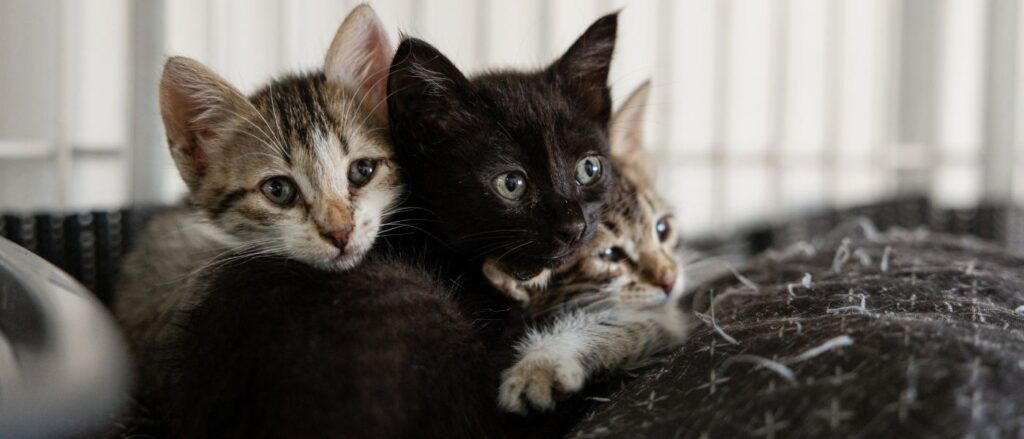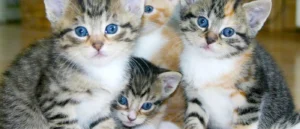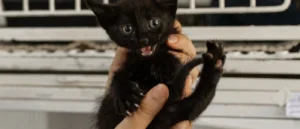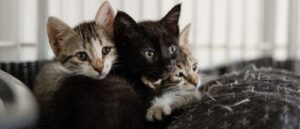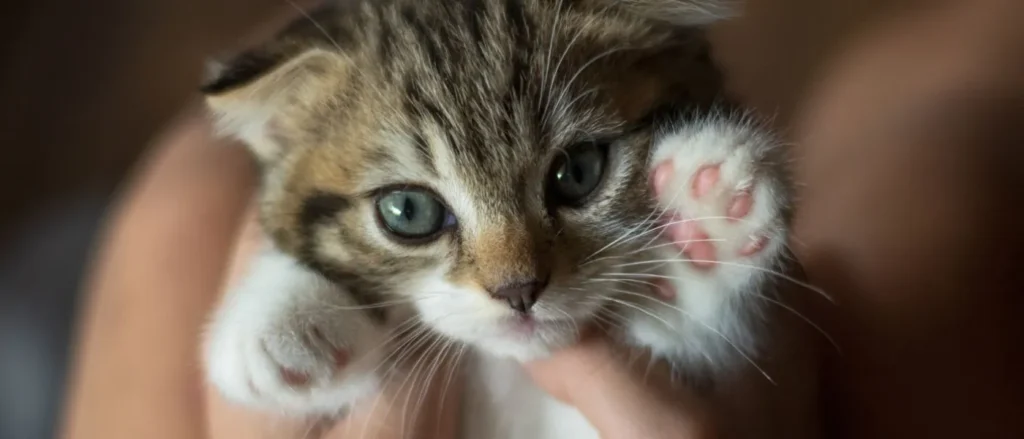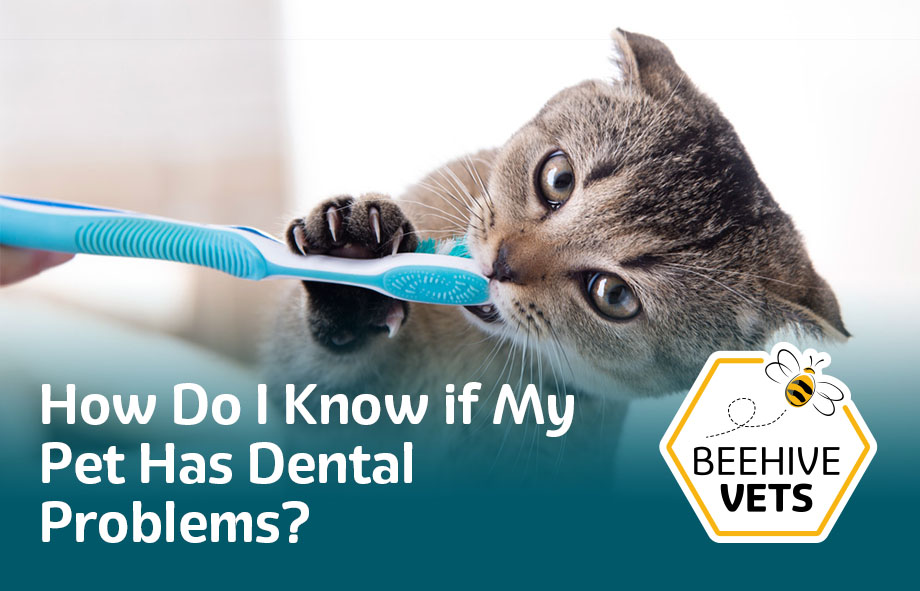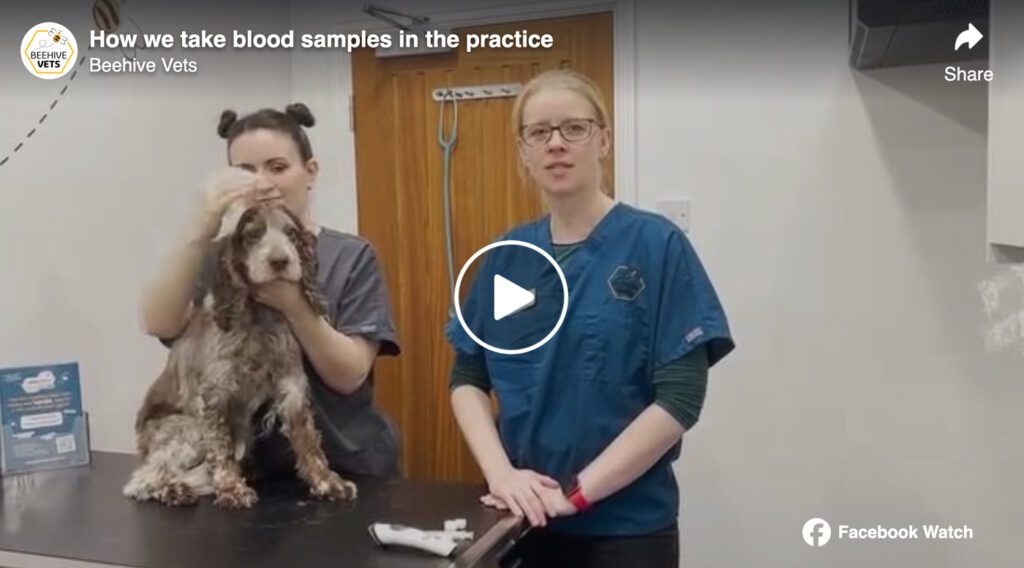Feline Leukaemia is a disease caused by the FeLV virus. It is one of the four diseases in cats that we routinely vaccinate against and is one of the most serious infectious diseases affecting cats in the UK.
While the name sounds alarming, with proper understanding, early testing, and preventative care, you can help keep your cat safe and healthy.
At Beehive Vets in Rothwell, we believe education is key to protecting our feline friends, so we’ve put together this guide to help cat owners understand the risks, symptoms, and prevention of FeLV.
What Is Feline Leukaemia Virus (FeLV)?
The FeLV virus is a retrovirus. Retroviruses have an enzyme called “reverse transcriptase” giving them the ability to integrate their own genetics into the genetics of your kitten. A well known human virus that has this ability is HIV.
It’s a contagious virus that weakens a cat’s immune system and can lead to severe illness. It’s often called a “silent threat” because some cats can carry the virus for months or even years before showing signs of illness.
The virus affects the bone marrow and blood cells, which can lead to:
- Chronic infections
- Anaemia
- Cancer (especially lymphoma)
- Organ damage
- Fertility issues
FeLV is a leading cause of premature death in cats, particularly in outdoor and unvaccinated cats.
How does Feline Leukaemia spread?
Feline Leukaemia Virus (FeLV) spreads mainly through close contact between cats, especially via saliva during grooming, sharing food bowls, or fighting. It can also be passed from an infected mother to her kittens during pregnancy or nursing. Less commonly, it spreads through urine, feces, or blood. FeLV is not spread through the air, by humans, or by casual contact. Outdoor cats and those in multi-cat households are at higher risk.
Feline Leukaemia in kittens symptoms
Some cats infected with FeLV appear healthy for a long time, but over time, the virus weakens their immune system. Common symptoms include:
- Weight loss
- Lethargy or weakness
- Pale gums (a sign of anaemia)
- Frequent infections (such as respiratory or skin infections)
- Loss of appetite
- Persistent fever
- Swollen lymph nodes
- Diarrhoea or vomiting
If your cat is showing any of these signs—especially if they go outside or have been in contact with unknown cats—it’s important to get them tested.
Outdoor cats, stray kittens, and those living in multi-cat households are at the highest risk—especially if they haven’t been vaccinated.
How long can a kitten live with Feline Leukaemia?
A positive test result can be worrying, but it’s not a hopeless diagnosis. Many FeLV-positive cats live for several years with good quality of life. If your cat is diagnosed with FeLV, we’ll support you with:
- A tailored care plan
- Regular health checks
- Nutritional advice
- Guidance on reducing infection risk at home
FeLV-positive cats should be kept indoors and should not live with uninfected cats to avoid spreading the virus.
Prevention is the best protection for your kitten
Vaccination is the best way to protect your cat. The FeLV vaccine is safe and effective, and we recommend it for:
- Kittens (as part of their primary vaccination course)
- Outdoor cats
- Cats living with other cats, especially if their FeLV status is unknown
Alongside vaccination, keeping your cat indoors or in a secure garden or catio can reduce their exposure risk.
Get your cat vaccinated at Beehive Vets
If you’ve recently adopted a kitten, are unsure of your cat’s vaccination history, or have concerns about FeLV, our team at Beehive Vets in Rothwell is here for you.
For more details, call us on 0113 824 2700 for guidance.
Protecting your cat from FeLV is one of the best gifts you can give them—a longer, healthier life full of love and play.
